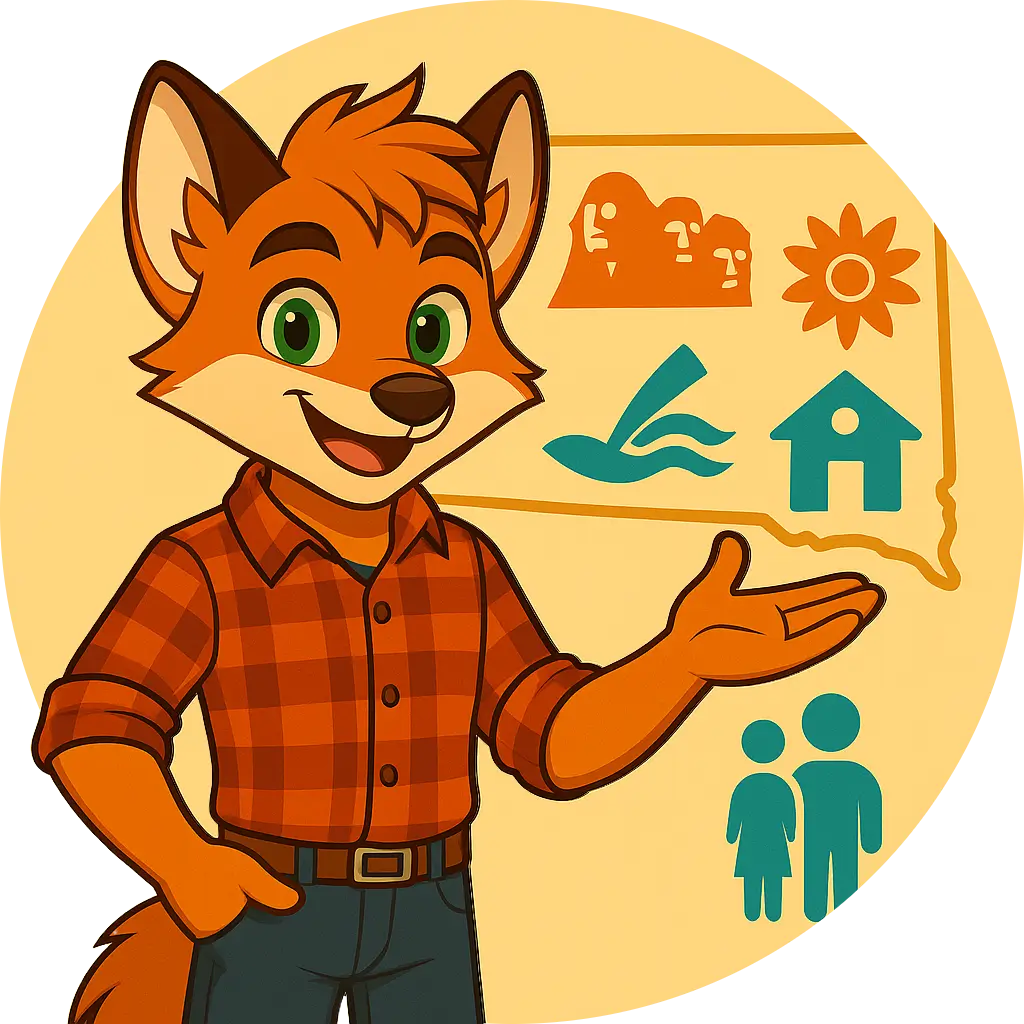

Afterschool and out-of-school time (OST) programs in South Dakota serve thousands of students annually, providing critical support for working families and enriching learning opportunities for youth. Despite this reach, a significant number of children remain without access to afterschool programs, highlighting a substantial unmet demand. The 21st Century Community Learning Centers (21st CCLC) initiative, funded under Title IV, Part B of the Elementary and Secondary Education Act, plays a pivotal role in South Dakota's OST landscape, offering academic enrichment and youth development activities to students, particularly those from high-poverty and low-performing schools.
South Dakota's afterschool programs focus on academic support, equity, enrichment, social-emotional learning (SEL), and college and career readiness. These programs are especially vital for students in rural and underserved communities, providing access to quality learning experiences and supportive environments. Statewide coordination efforts aim to enhance the quality and accessibility of OST programs across the state.

